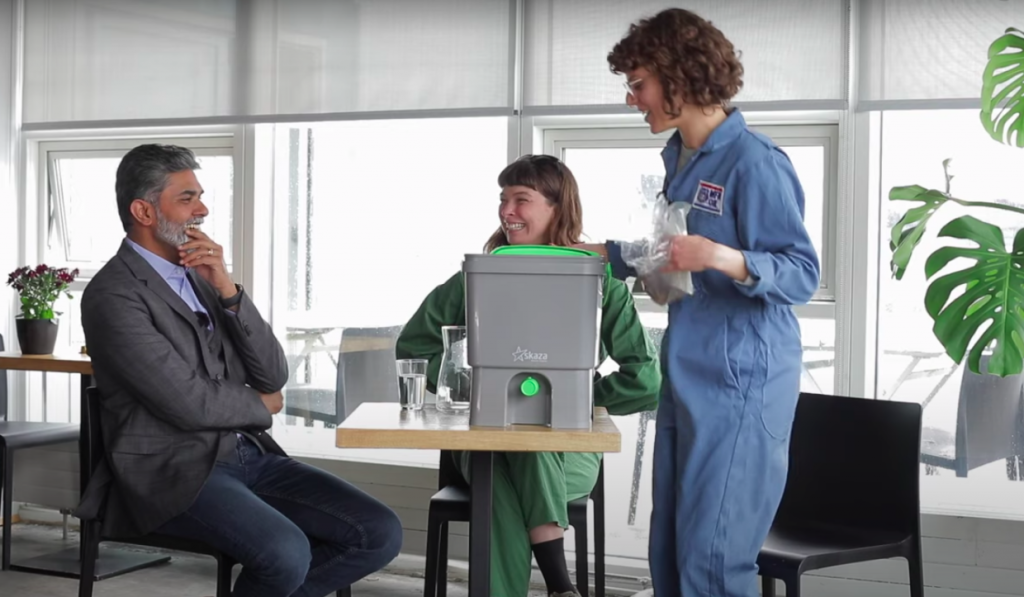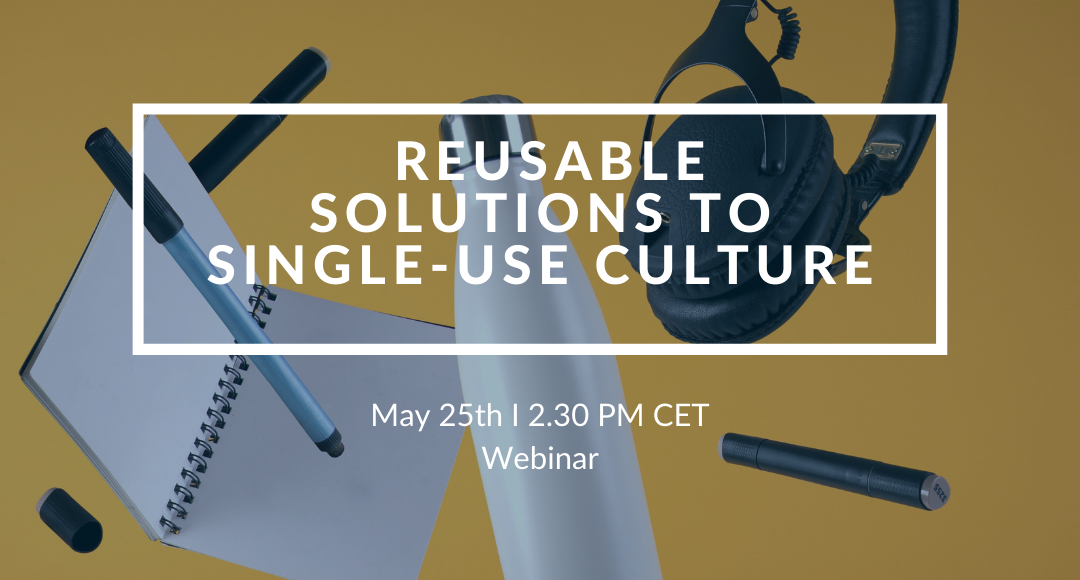Circular Roundtable Series: Norwegian Construction
Waste & Circular Opportunities in Construction - How Construction Companies can profit from Circular Economy
Construction in Norway is the most waste-heavy sector, accounting for a hefty percentage of the waste in 2019 (Statistics Norway, 2021). In the last 10 years, 27% of Norwegian companies that went bankrupt were within construction.
To keep up with growth, construction companies need to insure themselves against a disruption in the supply chain. This roundtable will discuss how companies can collaborate with startups to find ideas and solutions to plan today for an alternative supply of tomorrow.
WHAT IS CIRCULARITY IN CONSTRUCTION?
Circular construction is the economic model that aims to use materials for as long as possible and reduce waste — via reuse and recycling. Savvy construction companies are finding it very appealing because it:
- shrinks their environmental footprint
- trims operational waste
- uses expensive resources more efficiently.
WHY DO WE NEED IT?
McKinsey Group has estimated that there is the potential of 1.8 trillion euros of new profits from circularity in the EU space, with 34% going to construction.
Additionally, the Norwegian Government has stepped in and put forward in June 2021 a circular strategy that will gradually transform incentives to legislation – making circularity mandatory.
What you'll learn
Explore the alternative & additional functions of a building beyond living or working use
NEW BUSINESS MODELS
Find out how circular economy can lead to new business models with expected growth of 30%
NEW MATERIALS
Hear how new materials are one possible solution to circularity in the construction industry
DESIGN FOR DECONSTRUCTION
Listen to different views on how to design for the reuse of building materials and marketplace
RESILIENCE TO CLIMATE CHANGE
Learn how to build resilience against the environmental consequences of climate change
SOLUTIONS
Hear about the exciting solutions that are being developed in the construction space

Agenda
Join us to hear from corporates and startups that are working on the issue of circularity within the construction industry.
WELCOME AND INTRODUCTIONS
A short welcome and introductions from Startup Norway and Loop. Followed by introductions of our panelists from the corporate and startup world.
11:00 – 11:20 – Online
PANEL DISCUSSION
In this round table, corporates and startups will come to the same table to discuss the opportunities and threats for the Construction industry in Norway. Topics to be discussed include solutions and how to implement them, as well as the benefits startups offer corporates and how to succeed in those partnerships.
11:20 – 12:20 – Online
SOLUTIONS, CONCLUSIONS, AND NEXT STEPS
The panelists will wrap up their thoughts on the future of circularity in the construction industry. With the big question being, what is next?
12:20 – 13:00 – Online

















